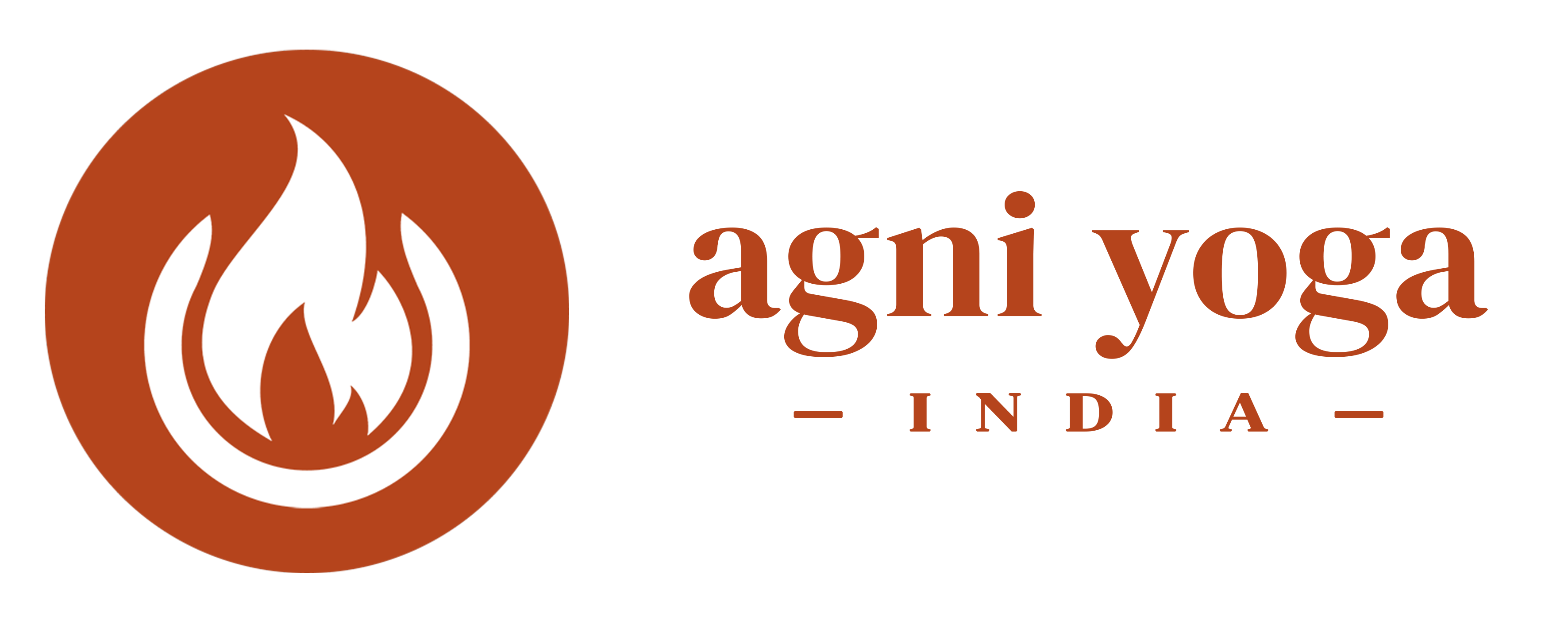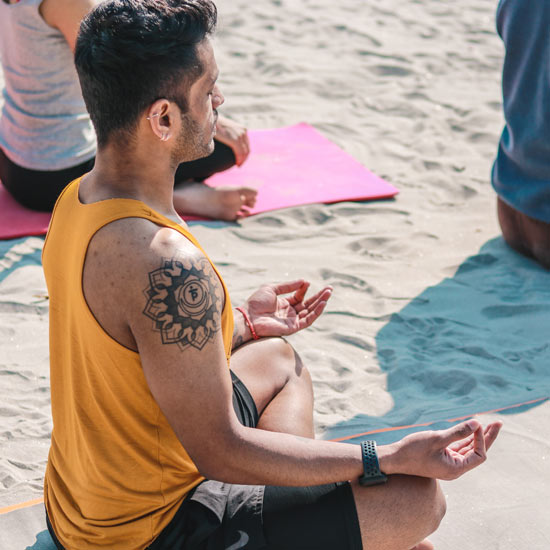The Importance of Bandha in Yoga at Teacher Training Programs
At a Yoga Teacher Training program, different practices of yoga are taught by experienced teachers. In the subject under Yoga Philosophy, the topic of Bandha is explained. A Bandha in asana practice is called a lock or a bind which is performed to regulate the flow of Prana (Life force energy) in certain parts of the body. Hence it is also referred to as an energetic lock. In the old times, yogis used to practice Bandha in their practice for maintaining good health and to keep the energy flow optimal.
Whilst performing a Bandha in asana practice, an individual is required to concentrate on muscle contraction in a particular area of the body. Bandhas are classified into four groups :
1. Mula Bandha
Mula is a Sanskrit word, meaning “root.” The “root lock,” as it can be called, involves the contraction of the perineum muscles inward and then lifting them upward to hold the Prana (energy). Performing Mulabandha promotes energy flow to the rectum, it stimulates the pelvic muscles and urogenital organs. The practice of this Bandha also helps to awaken the individual’s kundalini power.
2. Uddiyana Bandha
Uddiyana is a Sanskrit word, meaning “to rise.” In this Bandha, energy forcefully moves upward in comparison to Mulabandha. This Bandha helps to stimulate the abdominal muscles as they are pulled in, while the chest lifts upward. it is highly recommended for those struggling with constipation to practice Uddiyana bandha, it can boost the practitioner’s metabolism and promote a healthy functioning adrenal gland. This entails relief from stress and anxiety. Uddiyana bandh also helps to energise the heart chakra (Anahata), promoting kindness and compassion.
3. Jalandhara Bandha
Jalandhara is a Sanskrit word derived from the roots “jal”, meaning “the throat,” and Dhara means “a flow.” It is performed by bringing the chin down towards the chest; therefore, it is also called the “chin lock.” Practising this Bandha improves the function of the thyroid and parathyroid glands. It also supports the cardiovascular and respiratory systems.
4. Maha Bandha
Maha is a Sanskrit word meaning “great.” As the final Bandha may also be called the “supreme bandha” or “triple lock.” Maha Bandha stands true to its name because it provides the health benefits of all three bandhas combined. Maha Bandha is practised by performing the first three bandhas simultaneously, beginning with the Jalandhara bandha and ending with the Mula bandha. These bandhas are released in the reverse order, with the Mula bandha first and the Jalandhara bandha last.
Each of these Bandhas is connected with major energy channels. Performing these bandhas in an asana practice activates the flow of prana (energy) in that particular region of the body. These locks when performed during the asana practice can aid the practitioner in improving their performance. Our energy channels are the deciders for our day-to-day life. The level of energy on a particular day affects the rest of our day, when they are blocked in certain areas or are lacking direction, then this is where the practice of Bandha is utilised.
Get in Touch:
Address: Agni Yoga India, Balak Nath Temple Street , Upper Tapovan, Rishikesh, Uttarakhand 249192
Email: agniyogaofficial@gmail.com
Phone: +91 7017 317171 , +91 7017 468303
Website: https://agniyogaindia.com/
Yoga Teacher Training in Rishikesh | Yoga School in Rishikesh | 200 Hour Yoga Teacher Training in Rishikesh




